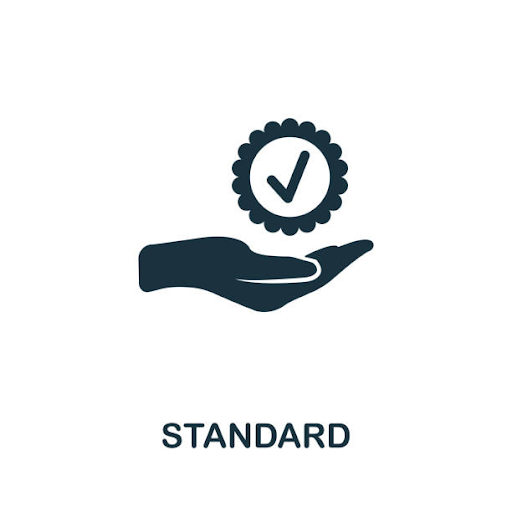
The auditing landscape is evolving, and auditors are now faced with expanded responsibilities with the introduction of Statement on Auditing Standards (SAS) 135: Omnibus Statement on Auditing Standards—2019. This groundbreaking standard enhances an auditor's role in identifying, evaluating, and communicating related party relationships and significant unusual transactions, recognizing their susceptibility to fraud or error. In this comprehensive overview, we delve into the key aspects of SAS 135, shedding light on the required procedures, communication enhancements, and the acknowledgment of uncorrected misstatements' potential impact on future-period financial statements.
Identification and Evaluation of Related Party Relationships and Unusual Transactions:
SAS 135 emphasizes the importance of auditors identifying, evaluating, and communicating related party relationships and significant unusual transactions that may pose a higher risk of fraud or error. Significant unusual transactions are those that deviate from the normal course of business for the entity or appear unusual due to their timing, size, or nature.
To meet these requirements, auditors are mandated to perform specific procedures:
-
Inquiry:
- Conduct a specific inquiry of management, those charged with governance, and other relevant parties, including predecessor auditors. This aims to uncover any related party relationships or significant unusual transactions that may not have been previously disclosed.
-
Testing Disclosures:
- Test the accuracy and completeness of a list of already disclosed matters to ensure transparency. This involves evaluating the business purpose or economic substance behind these matters and assessing the adequacy of their accounting and disclosure in the financial statements.
-
Evidence Gathering:
- Collect sufficient appropriate evidence, including enhanced relevant written management representations, to support the auditor's findings and conclusions.
-
Communication Enhancements:
- SAS 135 introduces significant enhancements in communication requirements, particularly with those charged with governance. Auditors are now obligated to communicate matters that are difficult or contentious, involving consultations outside the engagement team. These communications are considered significant and relevant to overseeing the financial reporting process, reflecting a commitment to transparency and collaboration.
- Furthermore, auditors must acknowledge that uncorrected misstatements, or the matters underlying those misstatements, could potentially lead to future-period financial statements being materially misstated. This acknowledgment is a notable addition, recognizing the potential long-term implications of uncorrected misstatements, even if they are deemed immaterial for the current period audit.
Key Communication Aspects:
-
Difficult or Contentious Matters:
- Auditors are required to communicate matters that were subject to consultation outside the engagement team, demonstrating a commitment to transparency and ensuring those charged with governance are informed about challenging issues.
-
Material Uncorrected Misstatements:
- The acknowledgment that uncorrected misstatements could impact future-period financial statements emphasizes the importance of recognizing potential long-term consequences, even if the misstatements are considered immaterial for the current period.
-
Complete and Accurate Communication:
- While SAS 135 acknowledges that management may have already communicated some matters, auditors are accountable for ensuring complete and accurate communication to those charged with governance, even if the level of detail may vary.
Effective Date and Adoption:
SAS 135 is set to become effective for audits of periods ending on or after December 15, 2020. It's important to note that early adoption is not permitted, underscoring the need for auditors to familiarize themselves with the new standard and integrate its requirements into their audit processes accordingly.
The introduction of SAS 135 represents a significant milestone in the realm of auditing standards, redefining the auditor's role in identifying, evaluating, and communicating related party relationships and significant unusual transactions. With an emphasis on transparency, communication enhancements, and the acknowledgment of the potential impact of uncorrected misstatements on future-period financial statements, SAS 135 sets a new benchmark for auditor responsibilities. As auditors navigate this evolving landscape, a thorough understanding of SAS 135 is crucial to ensure compliance and uphold the integrity of the audit process.
